The Purple-crowned Fairywren (Malurus coronatus) is a small bird found in the Australasian region that belongs to the Maluridae wren family. These birds are known for their purple crown and black eye line and collar during the breeding season. Their tail is a deep blue color, which distinguishes them from other similar-looking birds. The overall plumage of the bird is brown, with the wings being a more greyish brown and the belly being a buff cream color. The bill is black, and the legs and feet are a brownish-grey color.
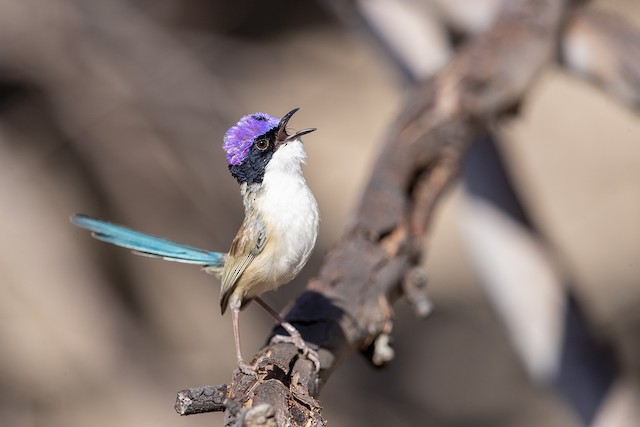
The female of this species looks very similar to the male, except for the purple crown, having a rusty cheek patch instead of his black eye line. Purple-crowned fairywrens are found in the wet-dry tropical areas of northern Australia, including the Kimberley region of Western Australia, the Victoria River region of the Northern Territory, and the south-western sub-coastal region of the Gulf of Carpentaria in Queensland.
These birds are known as riparian habitat specialists that love patches of dense river-fringing vegetation in Northern Australia. They prefer well-developed mid-story foliage, composed mostly of dense shrubs alongside permanent freshwater creeks and rivers, as seen in the Kimberley region. They also prefer tall, dense river grass of the Victoria River District.
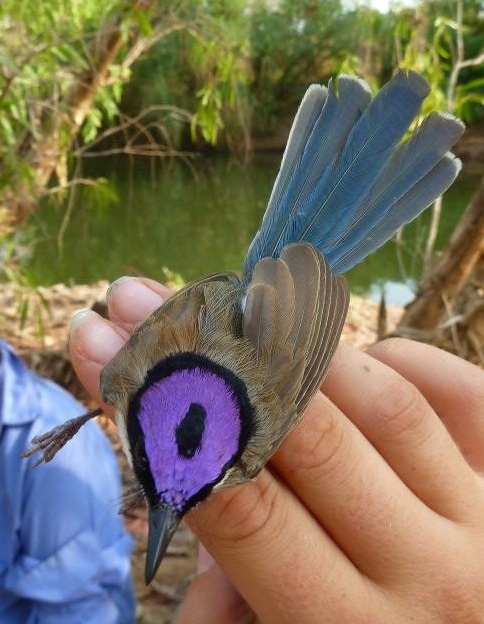
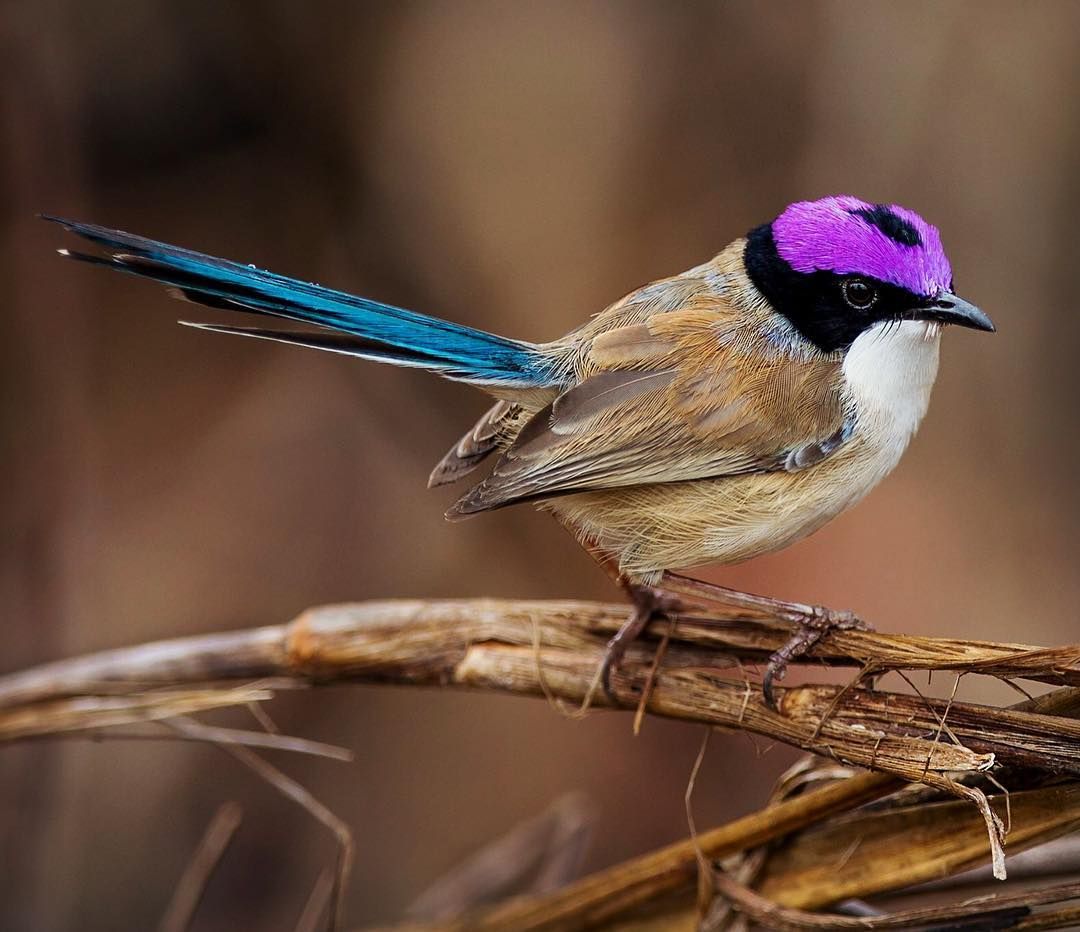
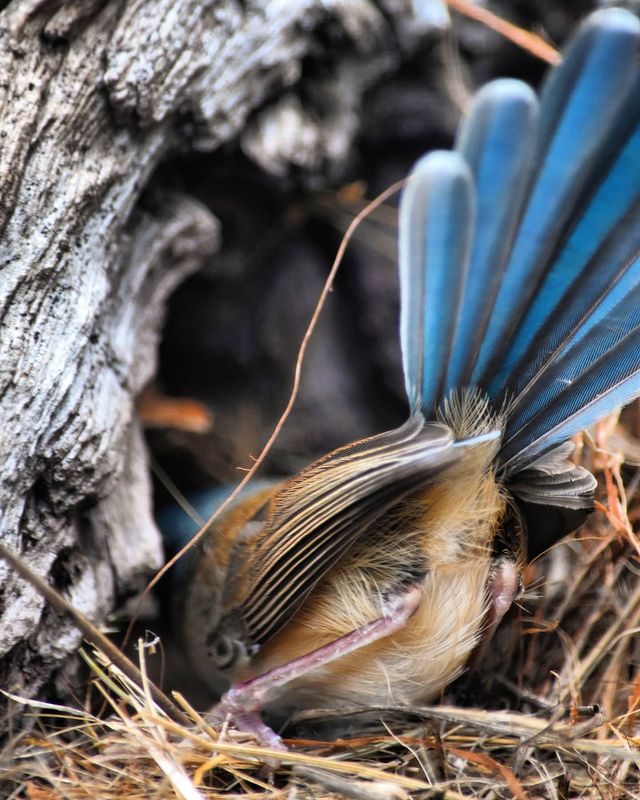
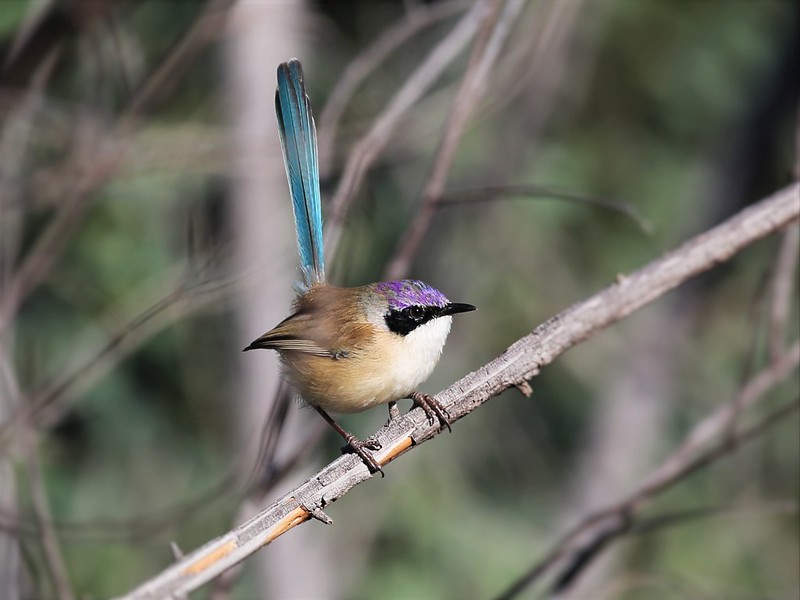
Purple-crowned fairywrens are mainly insectivorous, feeding on small invertebrates like beetles, ants, bugs, wasps, grasshoppers, moths, larvae, spiders, and worms, as well as quantities of seeds.
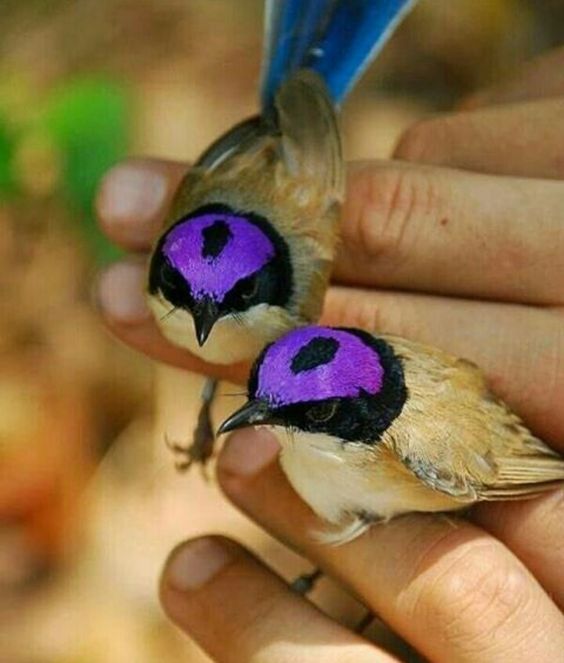
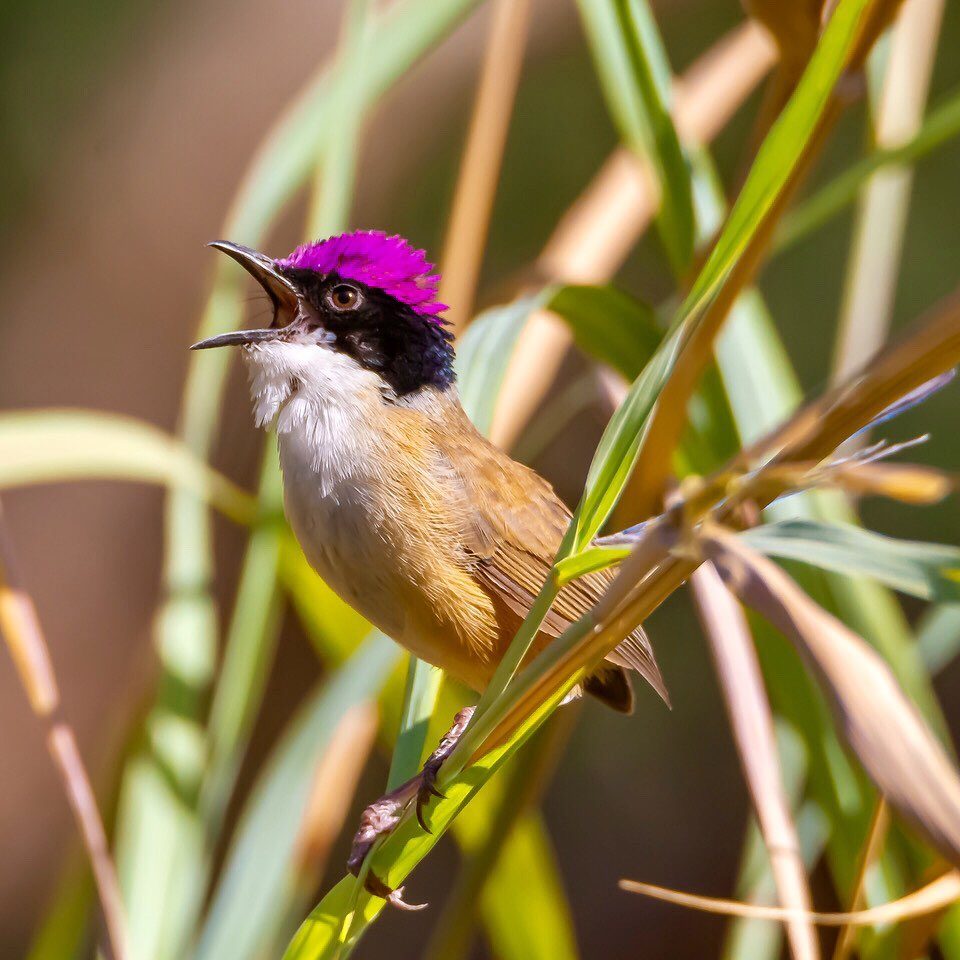
Breeding can occur at any time of the year as long as conditions are suitable. Most nests appear to be built close to the ground in thickets of river grass by the female. The nest consists of fine rootlets, grass, leaves, and ᵴtriƥs of bark. A clutch of 2-3 eggs is laid over successive days, incubated by the female for 14 days. After hatching, the chicks are fully fledged in around 10 days. However, they are unable to fly and stay in dense cover for a week being fed by family members.
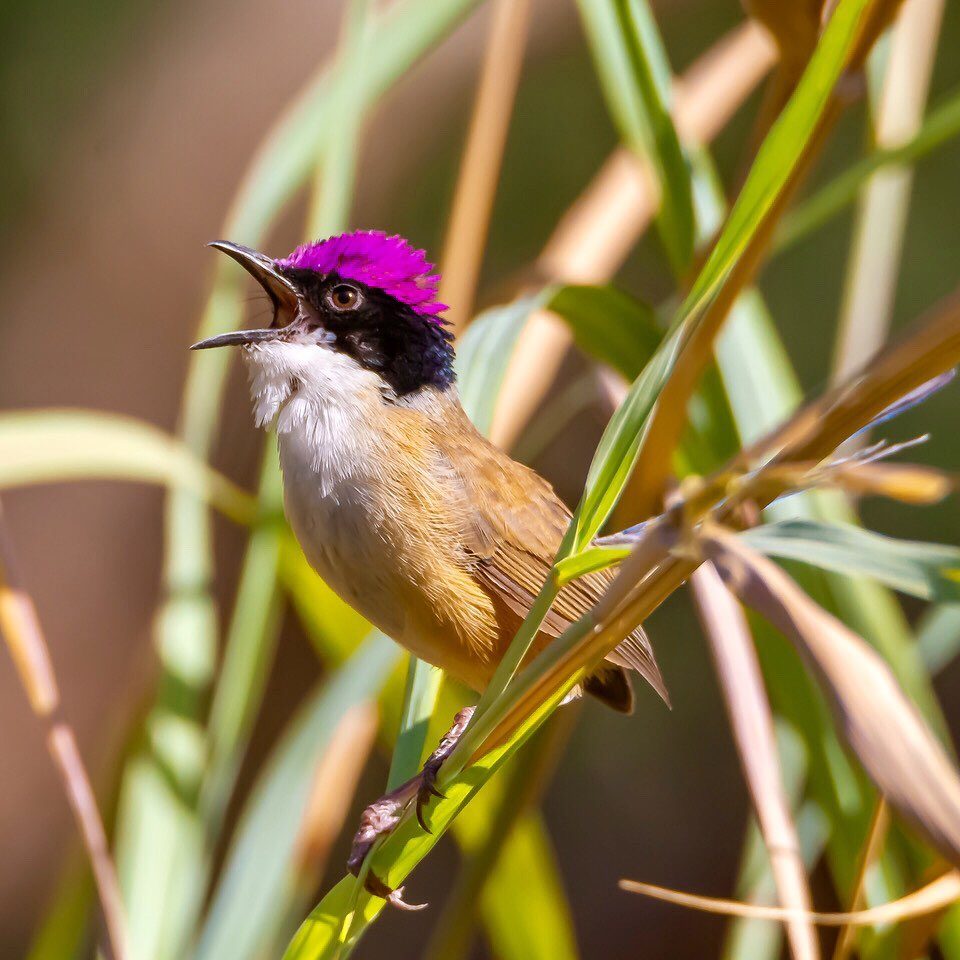
The Purple-crowned Fairywren itself is classified as Least Concern by the IUCN. However, two recognized subspecies are receiving national conservation management listings. The western subspecies has gone from Vulnerable to Endangered. The eastern subspecies meets the criteria for Near Threatened. Loss of habitat is the main threat to this species due to dam building and the introduction of sheep and cattle.





